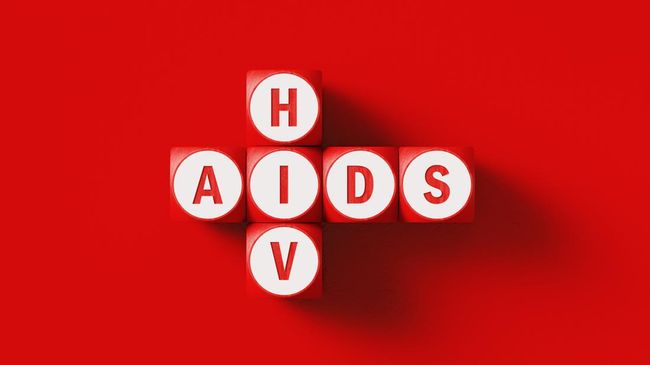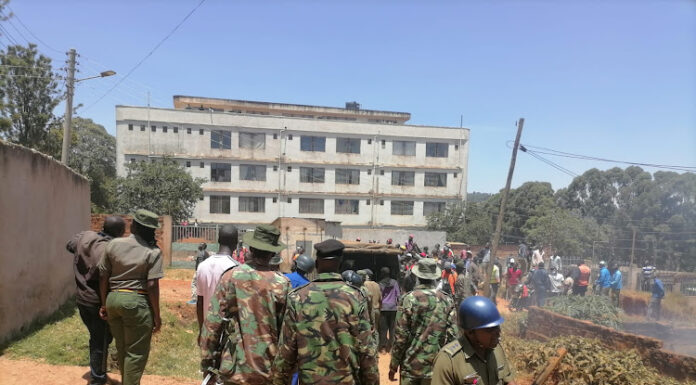
According to a recent survey, HIV infection in the nation has surged for the first time in ten years.
According to the World Aids Day report 2022, the nation has seen an increase in new HIV infections for the first time in a decade, going from 32,025 to 34,540 cases.
The rise in new infections is attributable to both the scarcity of HIV commodities and the ongoing spread of the virus among children, adolescents, and younger individuals.
Women and girls continue to bear the brunt of the epidemic as adolescent girls and young women (15–24) account for eight out of ten new HIV infections. They become infected at a much earlier age than men and boys of the same age.
57% of all new HIV infections in 2021 were in ten counties: Nairobi, Kisumu, Homabay, Siaya, Migori, Nakuru, Mombasa, Kakamega, Kisii, and Uasin Gishu.
In the counties of Samburu, Isiolo, Wajir, Marsabit, Turkana, Lamu, and Tana River, the number of new HIV infections increased by more than 30% between 2020 and 2021, with Samburu County experiencing the greatest rise.
Due to better access to medication, there are an increasing number of elderly people living with HIV in Kenya. Many of them received their HIV diagnosis when they were younger. A total of 622,724 fatalities have been predicted to be avoided between 2010 and 2021 thanks to the use of ART.
Total AIDS-related fatalities in 2021 including those of children and adolescents were 22,373, up from the 19,486 cases reported in 2000. Nairobi, Kisumu, Homabay, Siaya, Migori, Nakuru, Mombasa, Kakamega, Kiambu, and Kisii counties collectively accounted for half of these fatalities.
Homa Bay came in second with 1589 fatalities after Kisumu County, which had 1,703 deaths from AIDS. Nakuru came third with 1332 fatalities, closely followed by Siaya with 1276 fatalities and Nairobi County with 1300.
The country has made significant investments to ensure adolescents and young people are educated, enjoy a healthy life and attain their aspirations. The overlapping challenge of new HIV infections, unintended pregnancies, and sexual and gender-based violence among children, adolescents and young women, dubbed the Triple Threat, undermines this investment’s impact. Increasing new HIV infections among adolescents and young people make it challenging to end AIDS as a public health threat in Kenya










